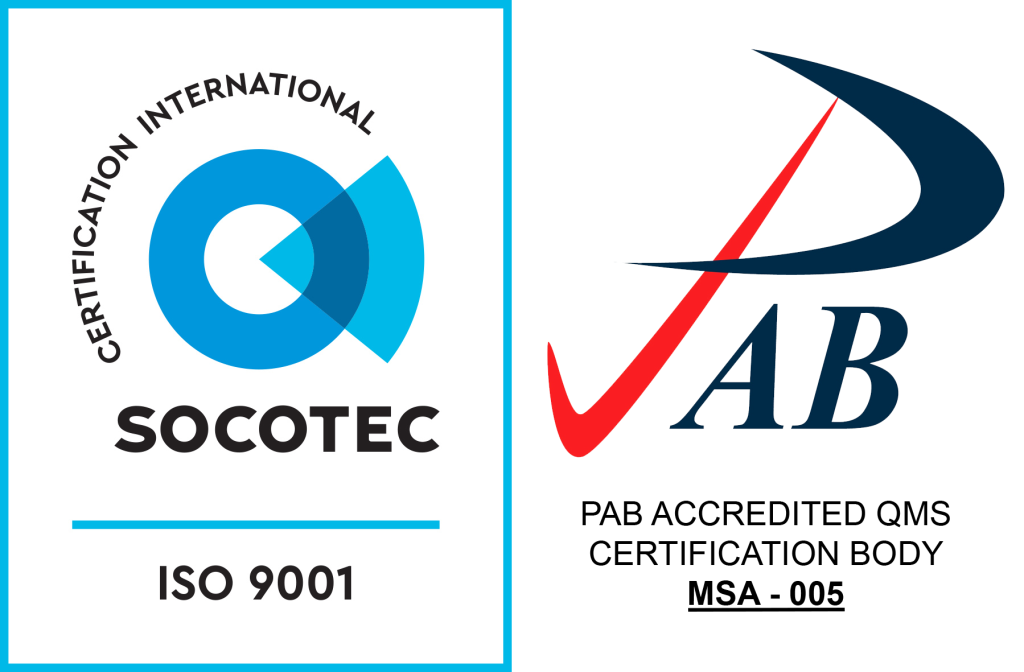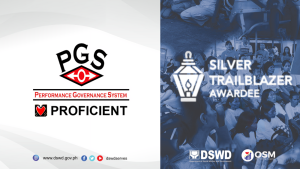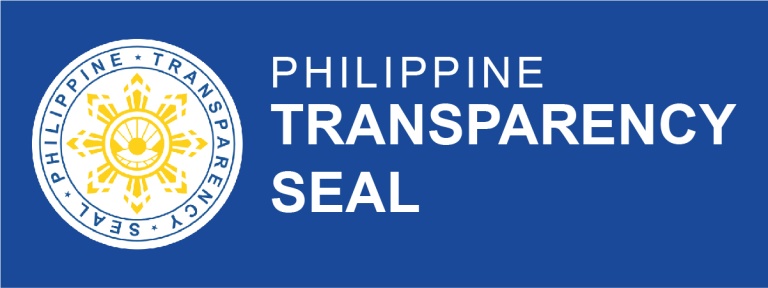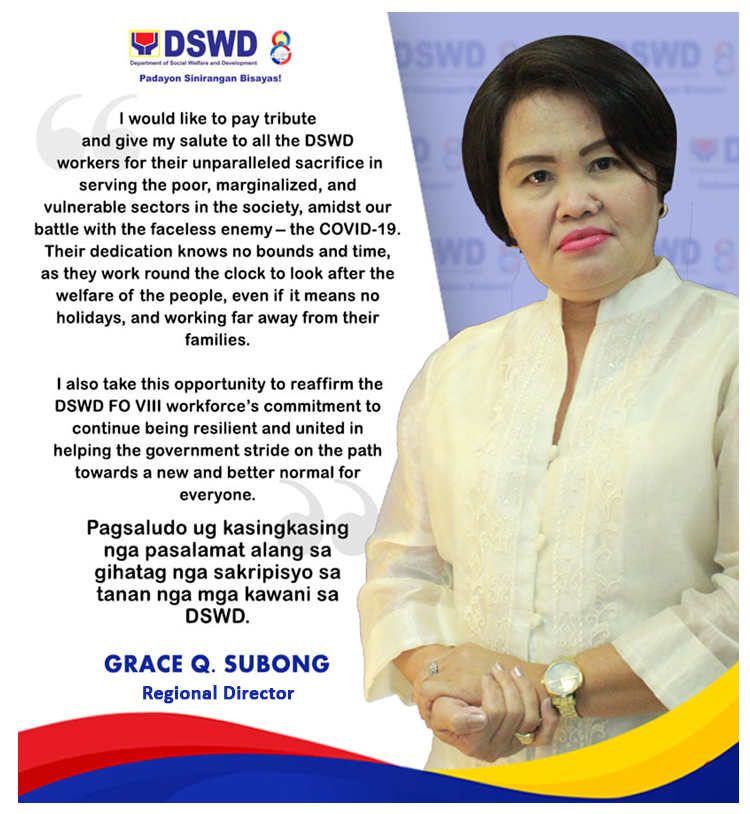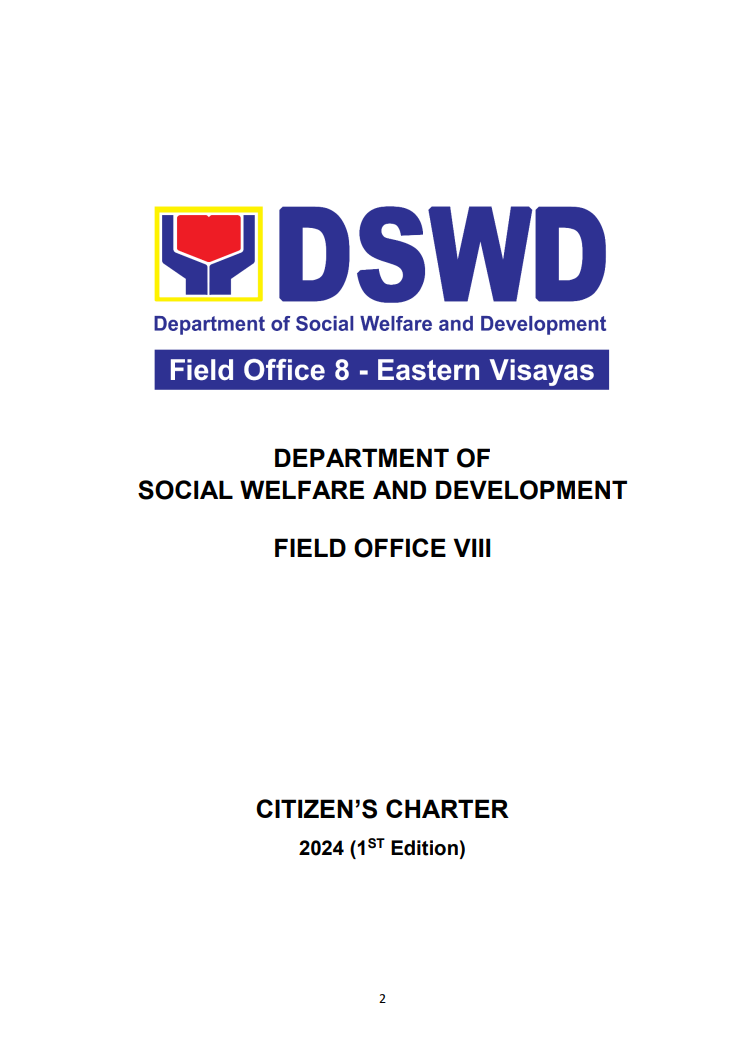Like magic out of fairytales, the small, colorful objects brighten the room. These, however, are far from mystical. Nonetheless, these small pieces, little plastic bricks, are able to bring out smiles from the children who grab pieces, creating magic of their own by using their imagination.
These pieces are the LEGO bricks donated by the Millennium Challenge Corporation (MCC) through the Millennium Challenge Account Philippines (MCA-P) in partnership with LEGO Foundation of Felta Multi-Media Inc. to selected Kapit-Bisig Laban Sa Kahirapan- Comprehensive and Integrated Delivery of Social Services (Kalahi-CIDSS) Day Care Centers (DCCs) of the Department of Social Welfare and Development (DSWD) in the region as part of the mental feeding program of the Department.
Three months ago, 20 day care teachers from different DCCs from Samar and Leyte provinces attended training by Felta’s Learn ‘N Play for Progress-Philippines on how to use the LEGO educational material. Each of them brought back to their areas a set of LEGO materials, which came with a manual as an instructional guide for use in respective day care centers. Each set costs P 65,000 each.
The 20 DCCs were subsequently surveyed on the implementation of the said mental feeding program. Most of the teachers shared common insights as to the use of the LEGO bricks. “Mas madali para sa amin maipaabot ang mga bagay na dapat matutunan ng isang bata sa day care, mula sa kulay, hugis at numero at maging ang paginging malikhain at pag-uugali (It became easier for them to convey the things what a day care child has to learn, from colors, shapes, and numbers to creativity and even values)”, said Martiniana Canas a DCC teacher in Mahaplag, Leyte.
Day care teacher Lea De Paz of Brgy. Buray, Paranas Samar said it even helped increase the attendance rate of her students because the LEGO bricks motivate the children to attend classes. She also shared that one of the parents even donated a floor mat to make it more convenient for the pupils to play with the bricks, while at the same time help preserve the bricks’ condition. Some teachers said that instructors of other DCCs wished to have the same materials to help motivate students to attend classes.
During monitoring, it was observed that the students tended to participate actively on discussions when the LEGO bricks were used. “As a teacher, it helps me relax. I need not to prepare more visual aides. I just use the LEGO toys to convey my lessons and keep the attention of my students”, said Antonieta Abaigar, a day care teacher of San Sebastian, Samar.
Most of the day care teachers scheduled the use of the educational materials twice a week for 30 minutes. Some use it depending on the lessons planned for the day. Most common and relevant methodology that they use is letting the children create designs on their own. Through the LEGO pieces, the teachers are able to understand the thinking and attitude of their students, as well as teach them mores, such as the value of sharing.
The teachers have expressed gratitude how the Kalahi-CIDSS and LEGO tie-up helped their daily endeavor as day care teachers and with their experience. They hope that other DCCs will be able to have these tools as well for the use of the pupils.

